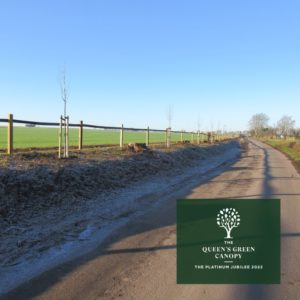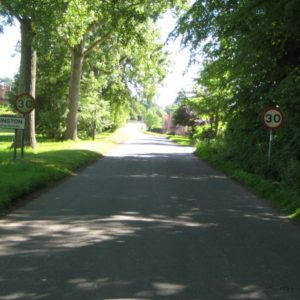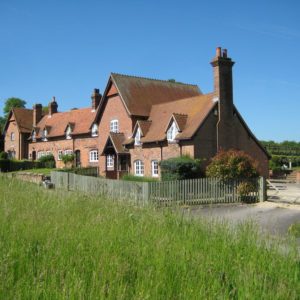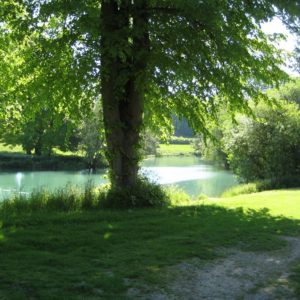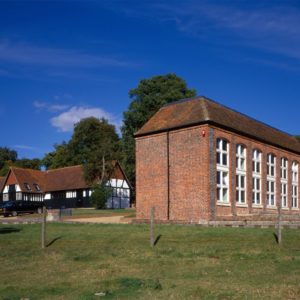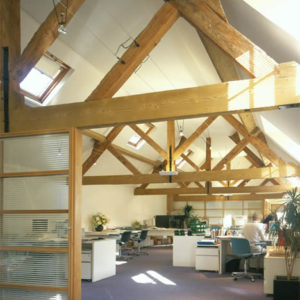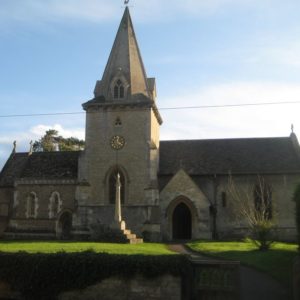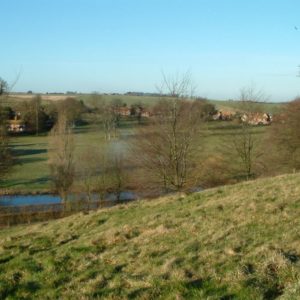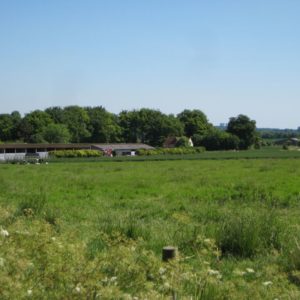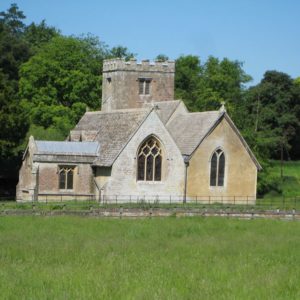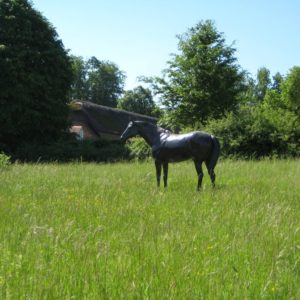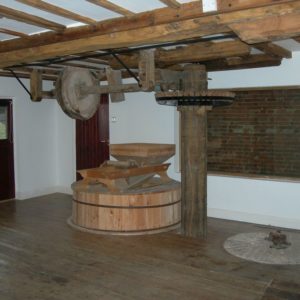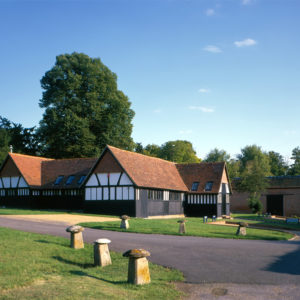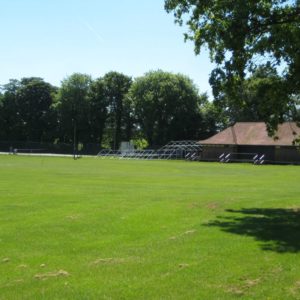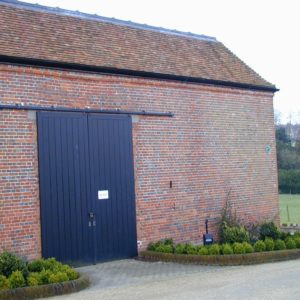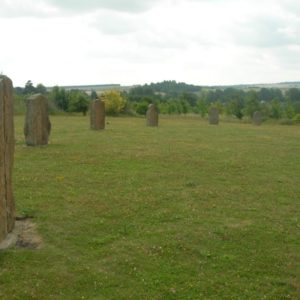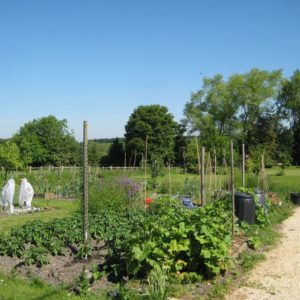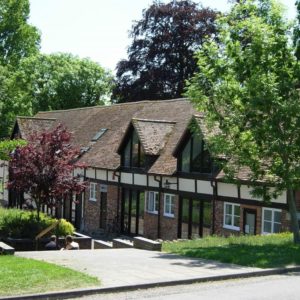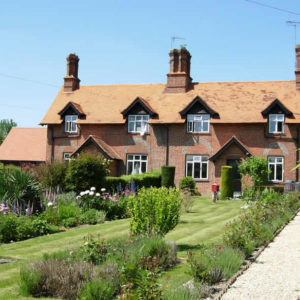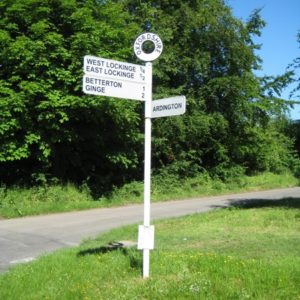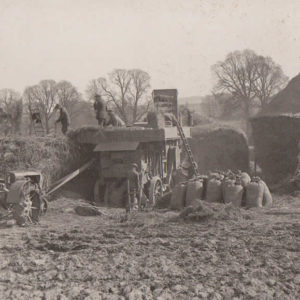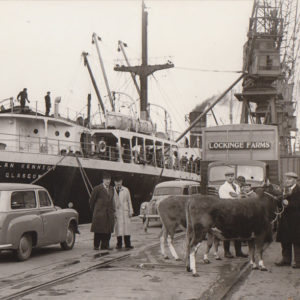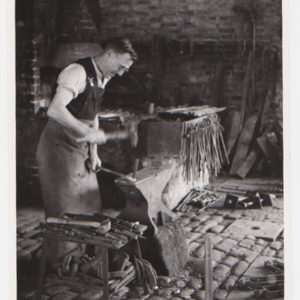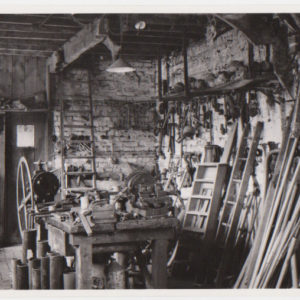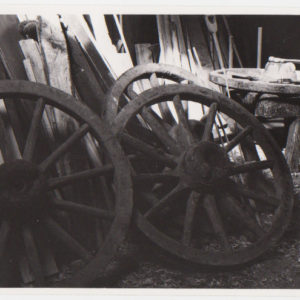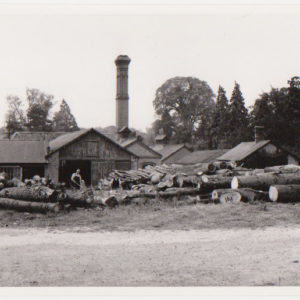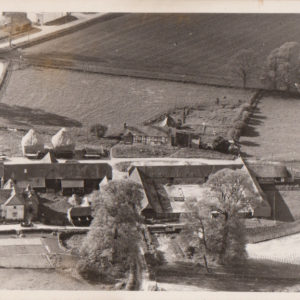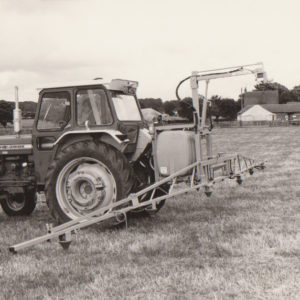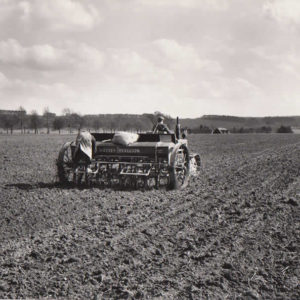About the Lockinge Estate
Set at the foot of the Berkshire Downs in the unspoilt villages of Ardington and Lockinge, the Lockinge Estate comprises some 6,000 acres (2,430 hectares) of farmland and woodland, with approximately 60 commercial units and 150 residential properties. Much of our office accommodation results from the sympathetic conversion of old Victorian farm buildings and provides office space full of light and character – thus differing from the standard business centre environment.
The Estate is a sought after location for residential and commercial clients alike:
- Modern facilities in sympathetically converted premises
- Set in beautiful surroundings, located in a designated Area of Outstanding Natural Beauty
- Excellent infrastructure links & a central location mean there is no compromise on access
- Flexible lease terms
- Plentiful car parking & a distinct shortage of traffic jams!
- Village services
The vast majority of the Estate’s property, be it agricultural, residential or commercial is now let out but the historical values continue to be maintained through the two main Trusts, Lockinge Trust and The Village Housing Charitable Trust.
A short history
The Lockinge Estate was created between 1854 and 1890 with the Manor at East Lockinge having passed to Harriet Loyd and Lieutenant–Colonel Robert James Lindsay (later Lord and Lady Wantage) upon their marriage. Having successfully purchased the Manors and freehold land of Ardington, Lockinge and the surrounding area, the formation of the Estate and the villages as we know them today began. At its height the Lockinge Estate extended to some 20,528 acres.
Major work began in 1860 with the removal of part of Lockinge village originally clustered around the church and Manor House along Lockinge Brook, affording the then Lockinge House more privacy. The creating of Lockinge Village with its distinctive Victorian estate architecture began and remains as we know it today.
As a result of the re-building and repairing of cottages and farm buildings came the formation of the Estate’s “Clerk of works department” known as the “Estate Yard” which is still in operation on a smaller scale today. The yard itself in its heyday created over 100 jobs with a work force including carpenters, brick layers, and mechanics.
The Loyd-Lindsays then in 1861 set about building a school for each village to offer rural education facilities. As a result of the Agricultural Depression Lord Wantage went from farming 4,427 acres to 13,000 acres resulting in the growth of the Home Farm (where the historical buildings are now converted into high quality offices). The depression in turn brought Lord Wantage into contact with the villagers and their problems as they had now become his employees numbering some 150 and a complete reorganisation of the Estate was necessary. A profit sharing scheme was introduced to help those hard working farm employees and although greatly changed the principals of assistance still remain today.
A village co-operative store was created in the hope of lowering retail prices and increasing supplies of home produced food. The bakery, slaughterhouse and associated buildings still stand in Ardington and are now used for a range of commercial uses. With the co-operative having fulfilled its objectives and been disbanded, the former shops have been let to differing tenants.
Welfare schemes were introduced, and profits from the in hand pub were put to useful purposes and resulted in the creation of such facilities as the village reading rooms and paraffin street lamps.
And so the philosophy of Lockinge Estate began and it continues to be maintained, developed and enhanced by the present owners.
For more information, please contact the Estate Office, telephone 01235 833200.


